The I.C.E.R.C. was founded by Kamala Hope-Campbell in 1988. It is said that she was initiated to this action by a dream. In this dream a whale came to her and asked her to organize International Dolphin and Whale Conferences. There were several branches of the I.C.E.R.C., where I.C.E.R.C. Japan seems the most active. It was founded in 1991 by Kamala Hope-Campbell and Takako Iwatani. Via their website www.icerc.org and their facebook page they keep the world informed about their activities, varying in children activities to organizing whale sightings and lectures. Another activity of I.C.E.R.C. Japan is to convince Japanese whalers to stop whale hunters and let them transform their boats to ships for photographic cruises. The goal to let the fishers find the whales for this reason works, according Takako Iwatani.
John Lilly and Kamala Hope-Campbell
John Lilly at the Dolphin and Whale Conference Australia in 1997
John Lilly at the Dolphin and Whale Conference Japan, 1998.
There are a lot of cetacean organizations in the world. The Kamala Hope-Campbell tries with her I.C.E.R.C. to bring specialists of different disciplines together to bundle strength, so they can together unravel the mysteries of dolphin and whale communications. A frequent speaker on these International Dolphin and Whale Conferences was Dr. John C. Lilly (1915-2001), a scientist who researched consciousness, while using isolation tanks, psychdelic tanks and dolphin communication. It might probably not surprise you he worked with and was friends with Dr. Timothy Leary.
A recent workshop for children. Notice the person of the ICERC (I would love to have such a T-Shirt) is wearing a pretty familiar wristwatch.
The first I.C.E.R.C. G-shock was the DW-6100W-9 (note, no letters in the suffix), to commemorate the 4th International Dolphin and Whale Conference in Japan. This Thermometer model had the typical black/yellow color combination, which returned every 5 years, the DW-9701K-JR in 1999, the GW-204K-9JR in 2004 and the GW-9102K-1JR in 2009. The fast calculators among us would already have noticed something strange. This year’s model has the color combination that supposed to be expected in 2014 (the 20th anniversary of the I.C.E.R.C. G-Shock). Would this be because the I.C.E.R.C. this year celebrates it’s 25th year of existence?This year Casio decided to use again the GWX-8900 as base model. Not very surprisingly. Casio uses regularly models that are aimed for use in the sea. Well, how can you tell this watch is aimed for use at sea? Simple, it has a prominent Tidegraph in the display. It shows you the current tide hight as well the Moon Age. Since 2009 the I.C.E.R.C. releases are part of the Love The Sea And The Earth (LTSATE)releases. These releases commemorate EarthWatch, a non profit organization that initiates research and education to promote understanding and action necessary for a sustainable environment.
The watch is packed in a nice sea blue box with a giant yellow humpback print covering it. The LTSATE logo is printed on top.The actual box also shows this logo on top and the I.C.E.R.C. motto: “All as One”. On the side of the sleeve and the box you’ll find the URL of the website, the only direct reference to the I.C.E.R.C.. In the box you do not only find the (Japanese) manual, but also the usual annual I.C.E.R.C. leaflet. No problem with the manual, because you can find the English version easily on-line.
You find the text Love The Sea And The Earth text on the strap and the logo engraved on the back. Personally I loved the I.C.E.R.C. logos on the back, showing a whale and a dolphin, but in the LTSATE logo shows them, along with elephants, a human, a turtle and other animals, flowers and trees on land, in the sea. Since Casio also has an annual LTSATE model since 2009, I rather have seen these releases separate.
Like the 2012 model, a metal ring is around the display embedded in the bezel. With the deep shiny black bezel, the metal ring is even more prominent. The case is relative big, which made it possible to use bigger display too. The time digits are pretty big and also the Tidegraph is quite big too. It’s therefore also a good model for people with bad sight.
The GWX-8901K-1JR is equipped with the 3278 module, like the I.C.E.R.C. model of 2012. As the model number already reveals, it is a Tough Solar Atomic model. Casio has not made a non-solar G-Shock with Atomic Time except for the fist model, the Antman, so if the combination GW is present in the model number, you can assume the watch is not only “Atomic”, but also Tough Solar. Only exception is the GW-200 style Frogman, which is for some reason nor Atomic (and in some cases also not Tough Solar). Probably you need exceptions to make rules apply. As it is a newer G-Shock model, it has a Multiband 6 reception capability. Every night the watch will attempt up to 6 times to receive the Atomic Time signal to sync with the internal time (if auto-reiceive is togged on). The watch can, of course, also be manually set in places where there is no Atomic Time signal. The rechargeable battery, probably aCTL1616, lasts 10 months if it is not charged for 10 months, so there is a big storage capacity on-board.
Besides Timekeeping, you’ll find a Tide/Moon Data mode, a World Time mode, and Alarm mode, a Stopwatch Mode and a Countdown Timer mode.
In the Tide/Moon Data mode you can view the tide and moon age at 6:00 (am) of the current date. You can view the data on any time (whole hour) at any date (of the current year). The Moon Phase can be reversed to match the phases of the Southern Hemisphere. This made me actually curious. How does the moon look like at the Equator. The answer is actually simple. The phases rotate to 90º to the equator, so the phases are actually going from up to down and than rotate further to the Southern Hemisphere, o that it looks mirrored to the phases at the Northern Hemisphere. The Tidegraph function is set easily. All you have to do is to input your nearest local High Tide. The watch then calculates your local Tidegraph. The local tides can be found in your local paper or on internet if you live near sea. I have received a lot of questions about local tides form G-Shockers. If there is a local noticeable tide difference (for here it can vary up to 5 meters/15 feet), you know where to find this info. The Moon Age is calculated to your chosen Home City.
The World Time mode can view the time in 48 cities in 31 different timezones. Note that you have to apply DST manually as it is not programmed. It is of course not certain the DST still applies in 2099. If you are not certain about DST settings, you can check sites like my Time and Date (www.timeanddate.com).The watch has 5 daily Alarms on board. One of these alarms is a Snooze Alarms. While the other Alarms just sound at the pre-programmed time, the Snooze Alarm sounds every 5 minutes for 7 times. Helpful if you do not wake up after one time (I actually won’t recommend using a watch alarm to wake up, unless it’s a GM-100).
The Stopwatch function is not a very extended version. It can only register times up to 60 minutes. Pretty unusual these days on a G-Shock. The GXW-8901K is derived from the G-Lide series. A 60 minute Stopwatch or Countdown Timer were usual here in the past. The Countdown Timer however is a bit unusual. Actually it’s a Dual Timer with two Countdown intervals. Both have a maximum Countdown time of 100 minutes (minus 5 seconds) and can be repeat once, up to a maximal of 10 times. If one of the timers is set to 0’00”, only one timer is used.
I always loved to see what is every year’s I.C.E.R.C. release and if I can afford it, I’ll buy it. A percentage of the profits goes to I.C.E.R.C. Japan, which is of course a big plus too. Last year I was a bit in doubt, as it was a greenish blue model. I love this version, as yellow and red are probably my most favorite G-Shock colors. Also this model is pretty well to wear for people who do not want a G-Shock with shouting colors around their wrist. If you like a special GWX-8900 model, this is probably the one for you. The retail price in Japan was ¥25000. With the weaker Yen, it’s €190.- ($252.-), about the same price as you have to pay here in Europe for an “Atomic Panda” GWX-8900. My experience is that the total price, including shipping is around or sometimes even less than the suggested retail price. I have bought mine from my friend and jeweler Katsu Higuchi-san in Oita. I pretty much can recommend dealing with people like Katsu Higuch-san or Seiya Kobayashi-san. These men have proven for more than a decade to be excellent help for getting Japanese watches overseas. Of course there are new sources with the booming interest is Japanese wristwatches, but let’s not forget and respect these “dinosaurs dealers” who made this all possible in the first place.



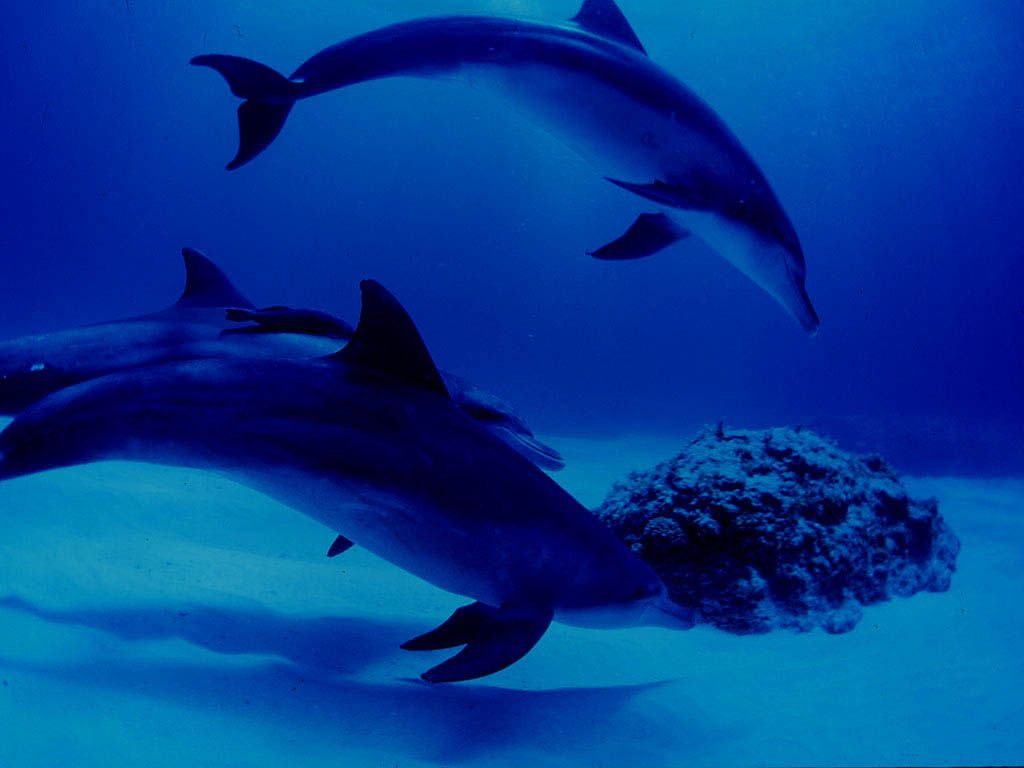


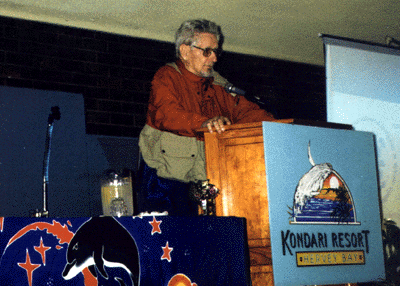
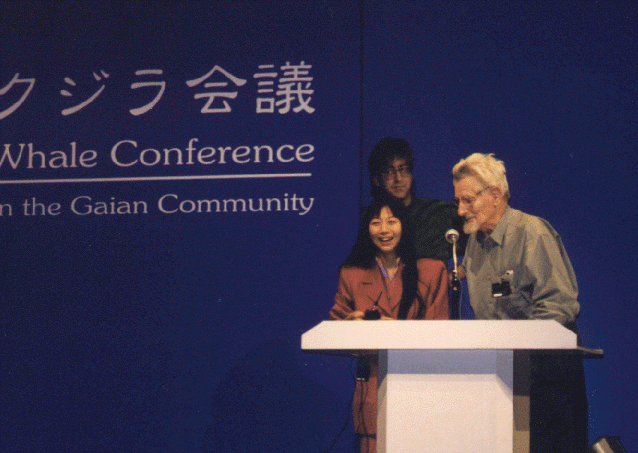
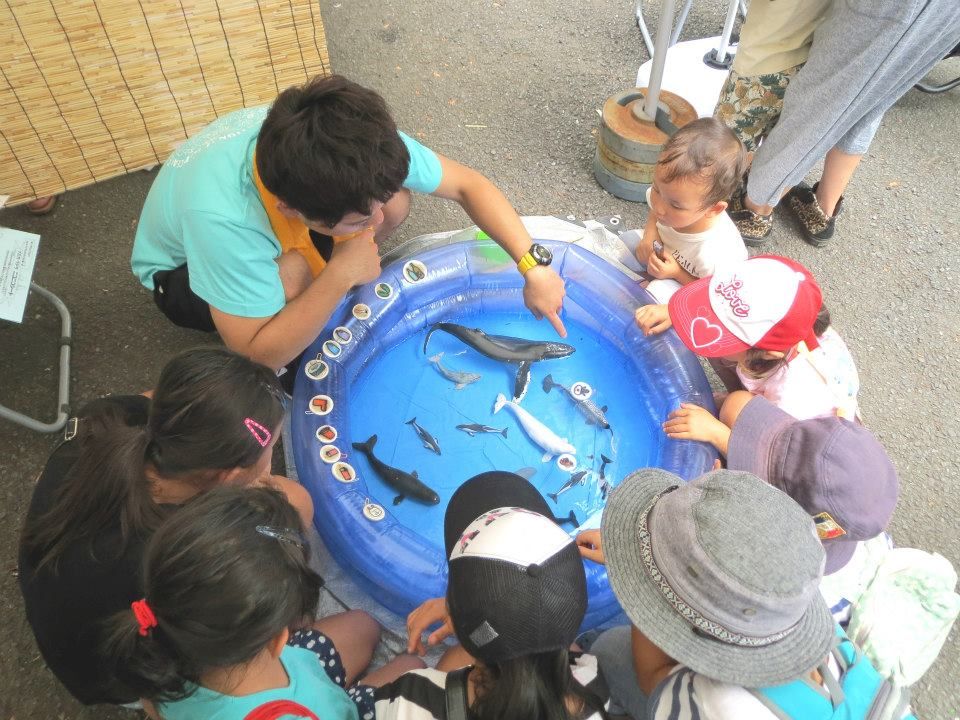

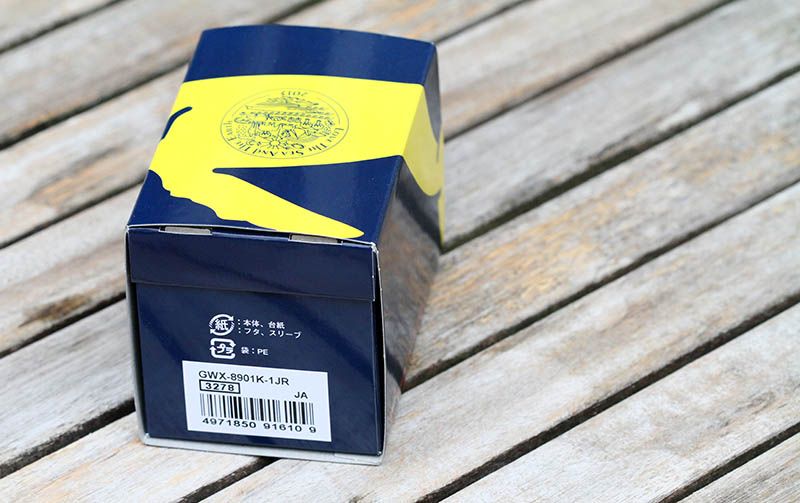
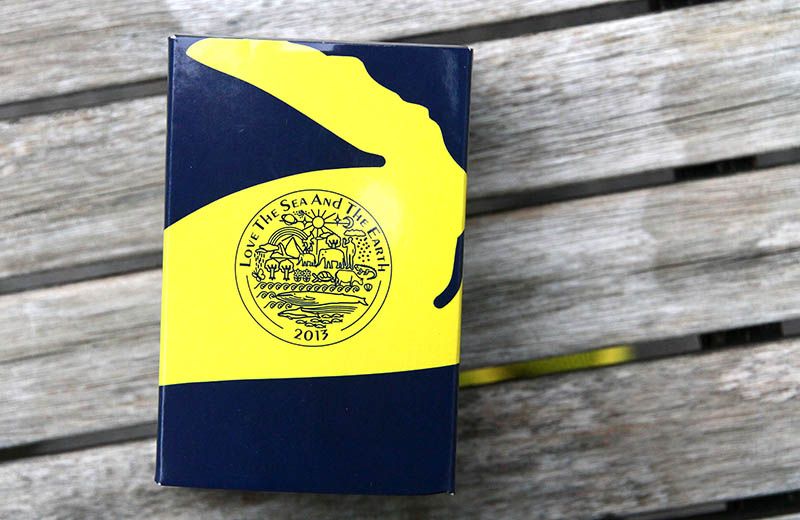

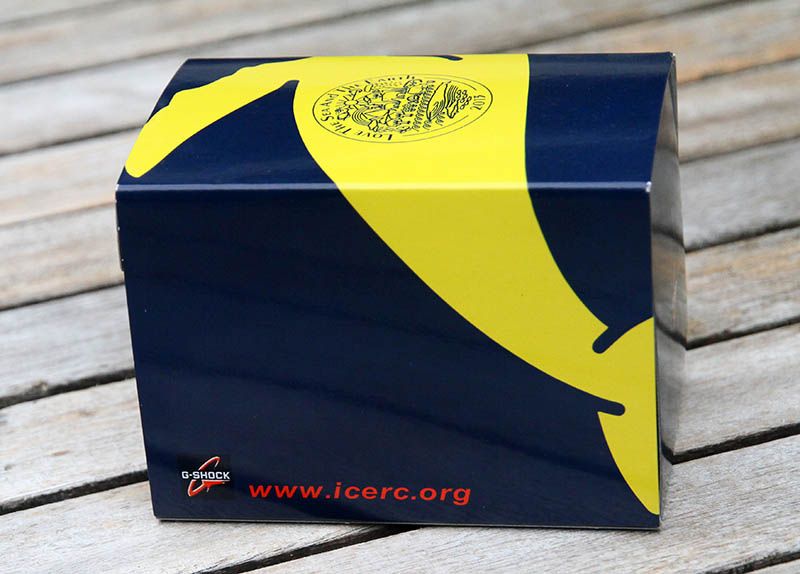

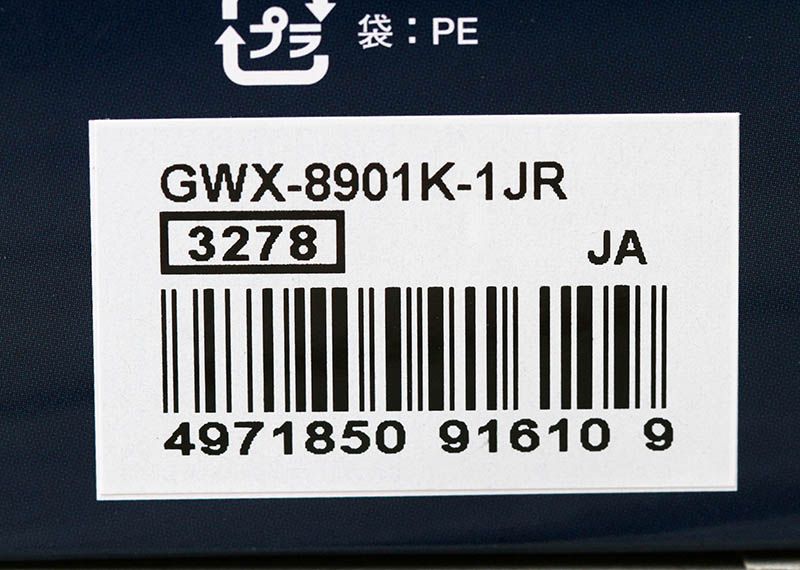
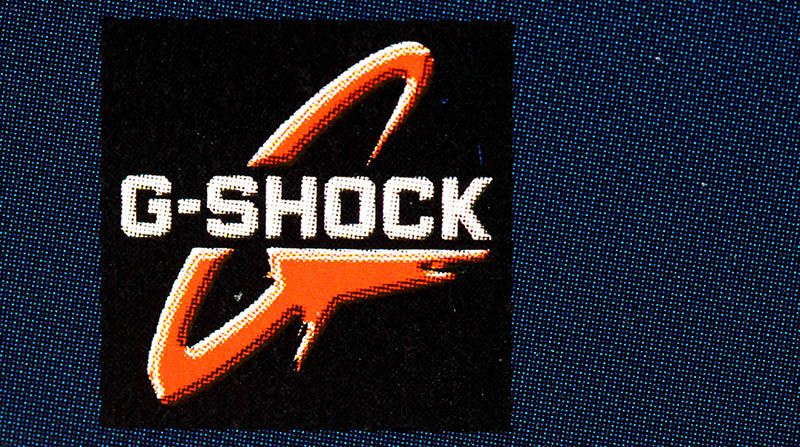
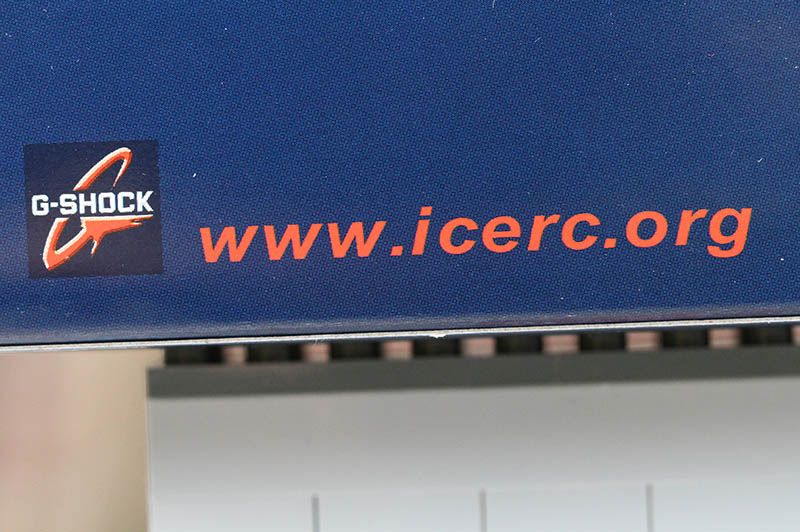


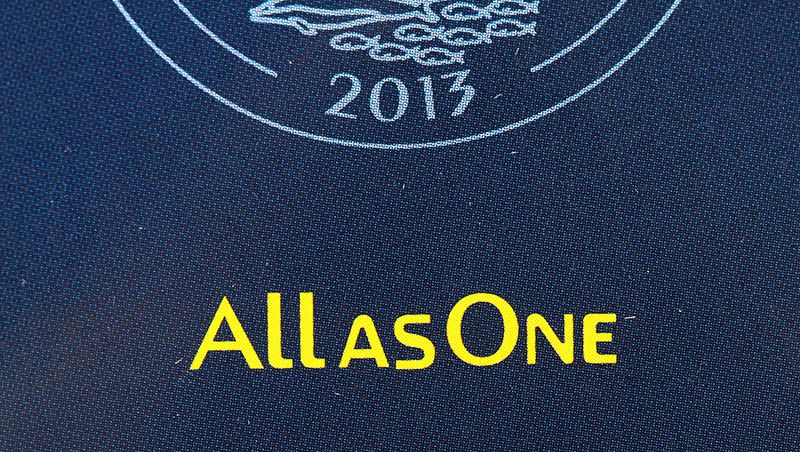

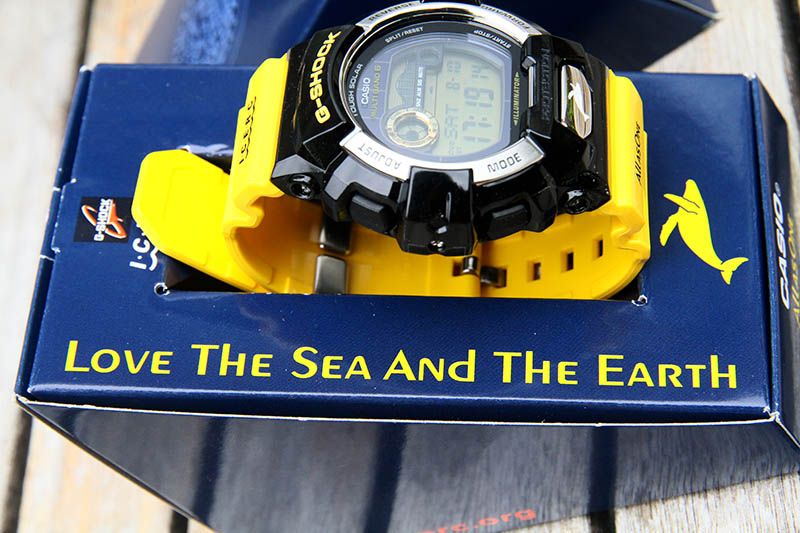

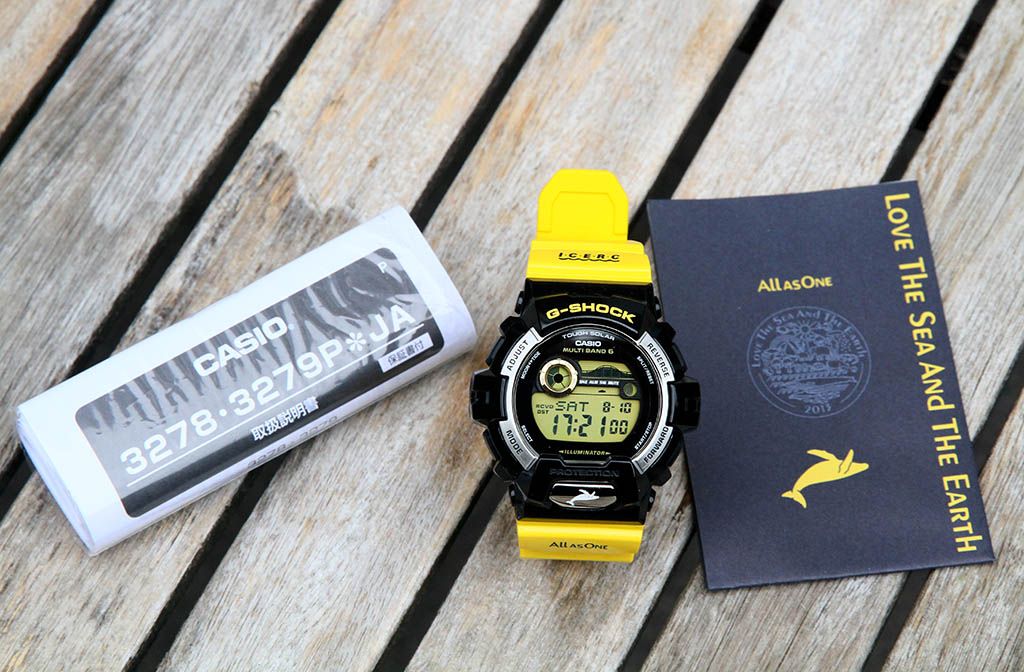
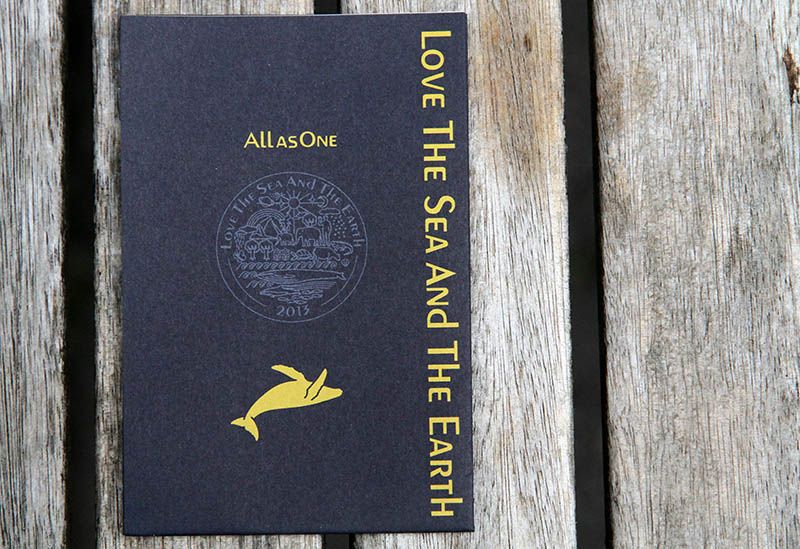

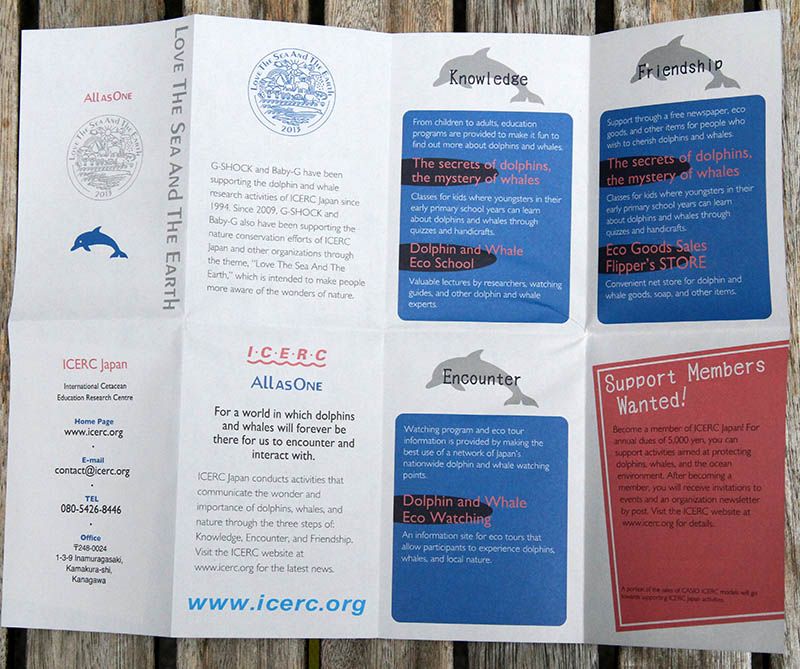
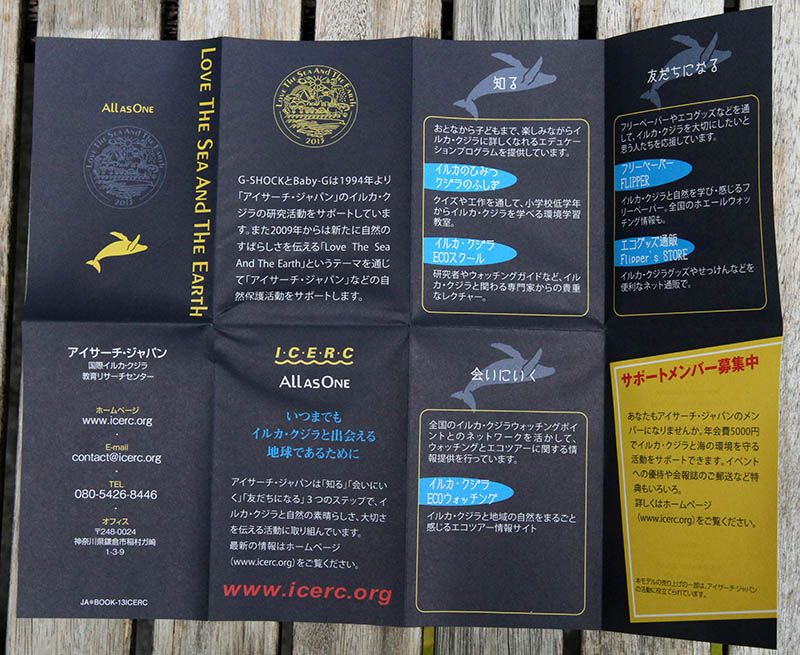


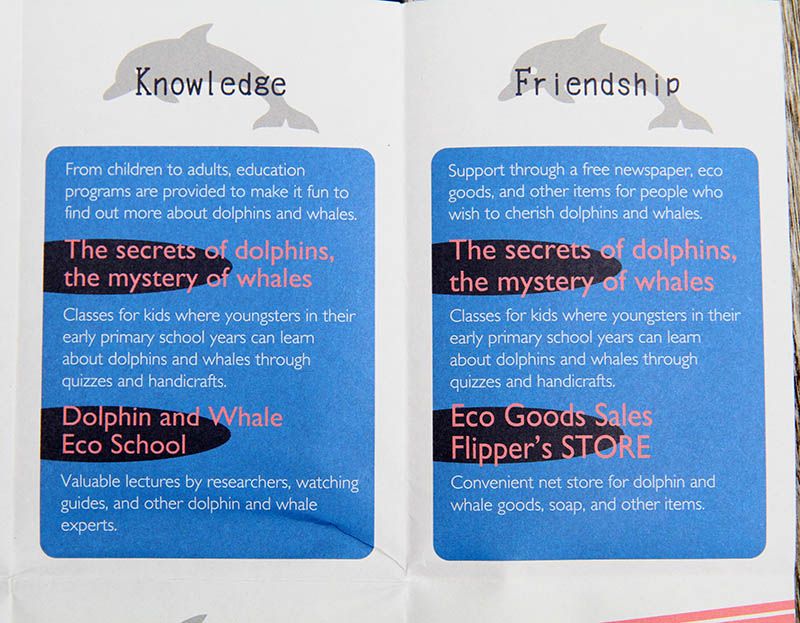
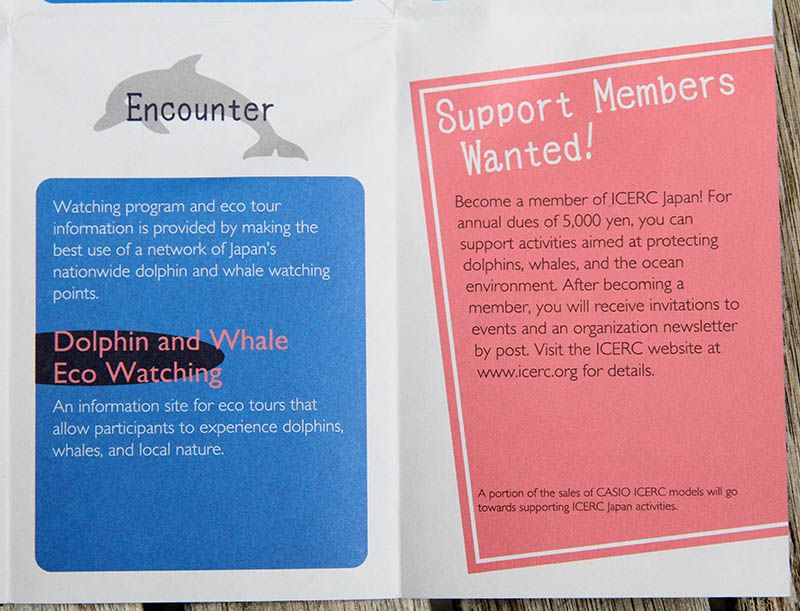
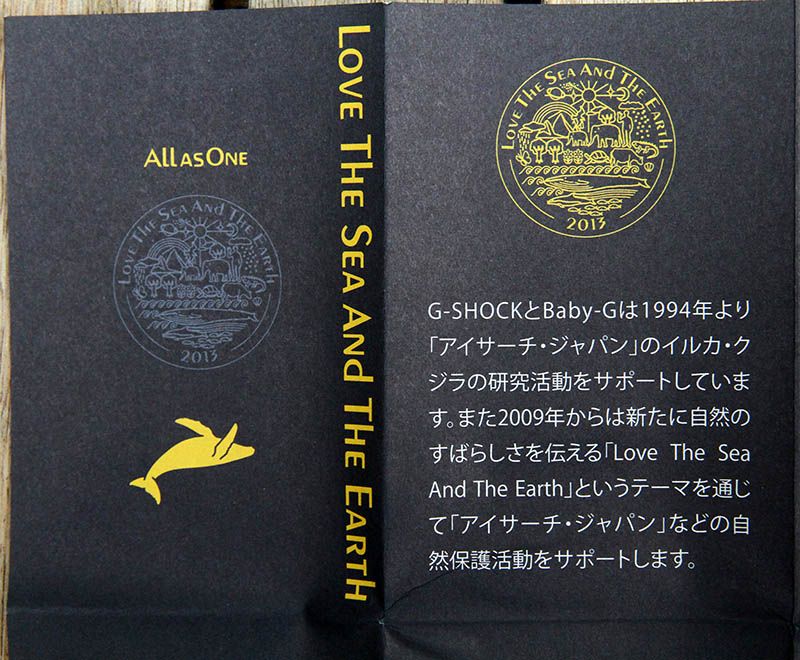
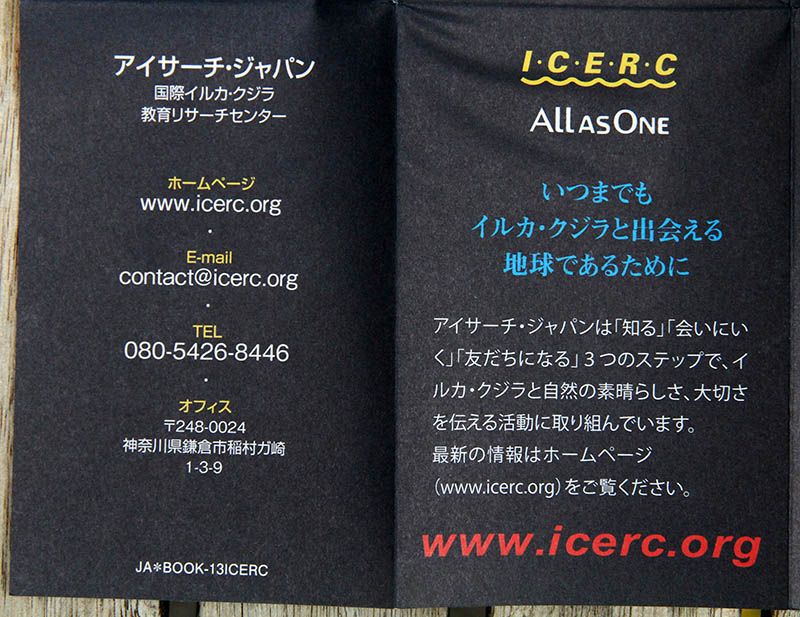
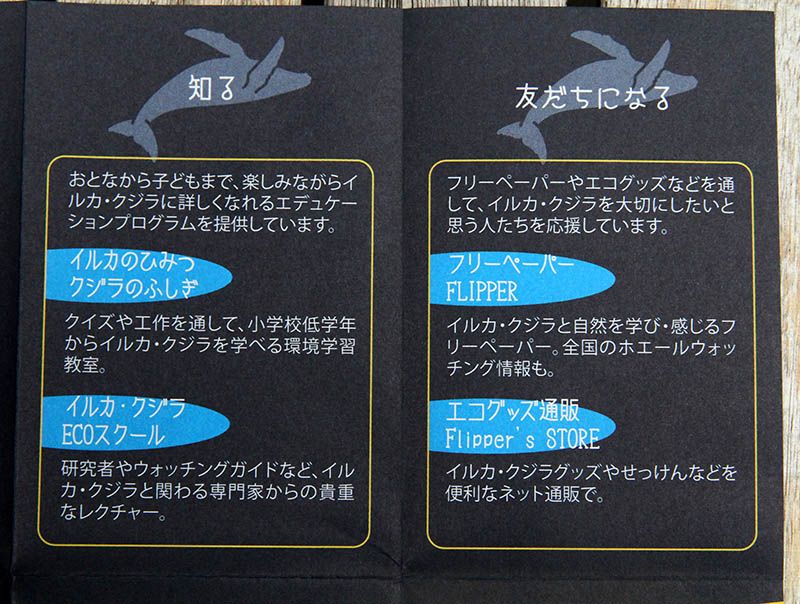

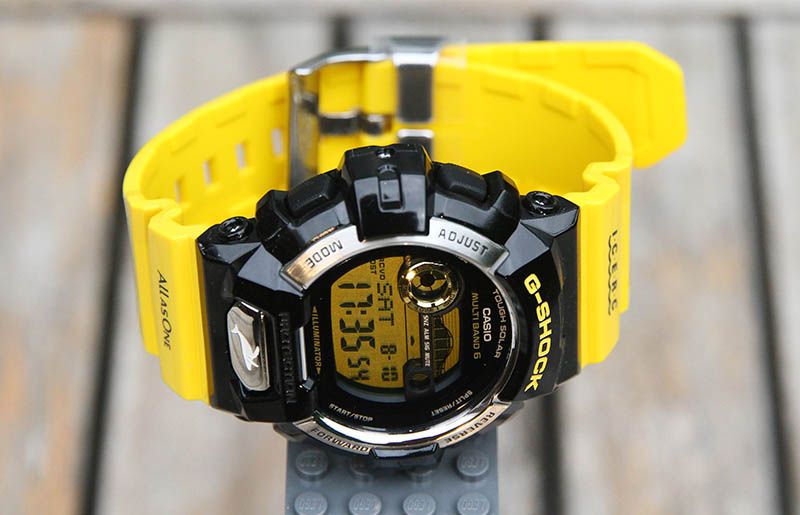

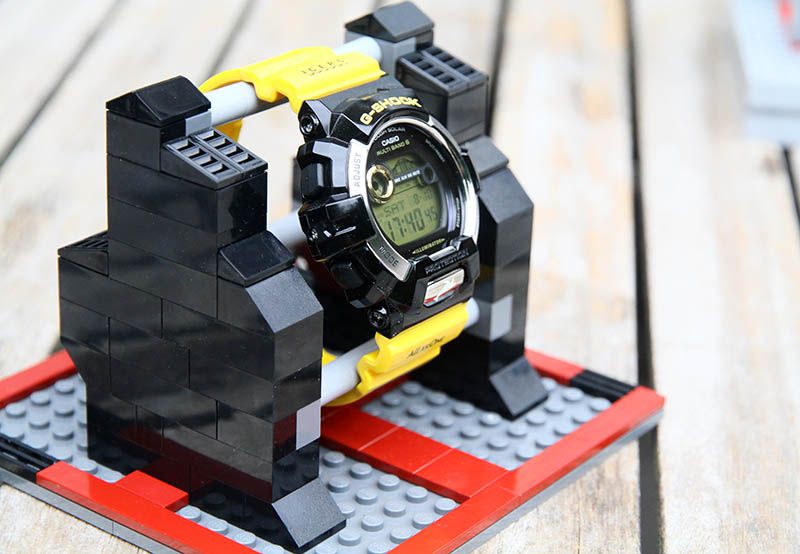

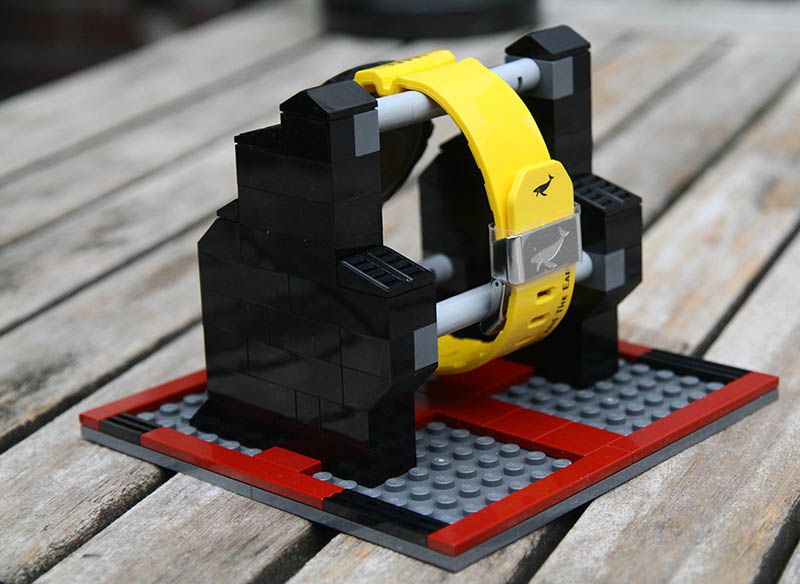

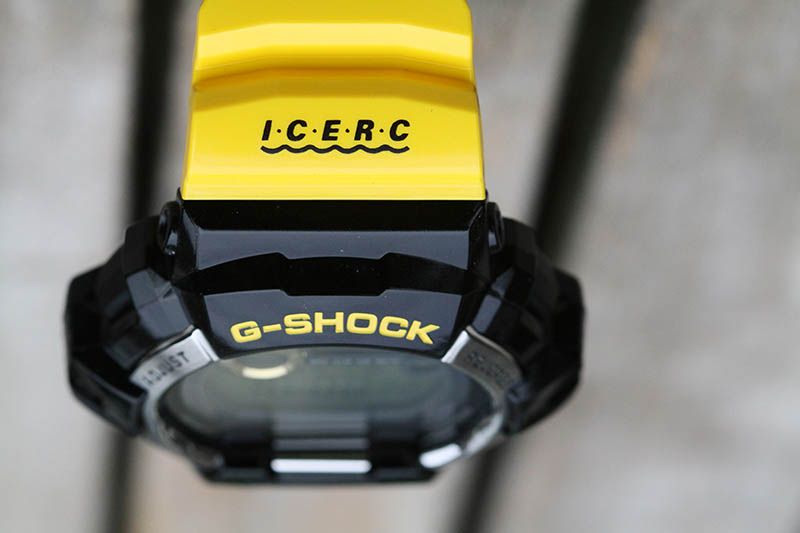
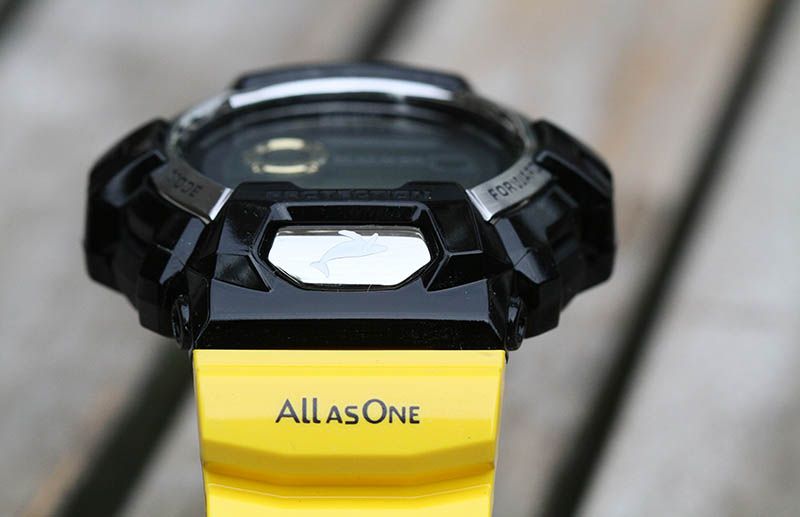
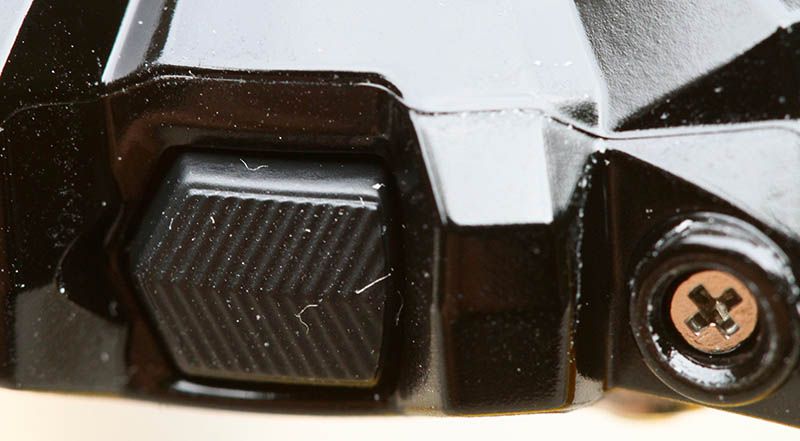
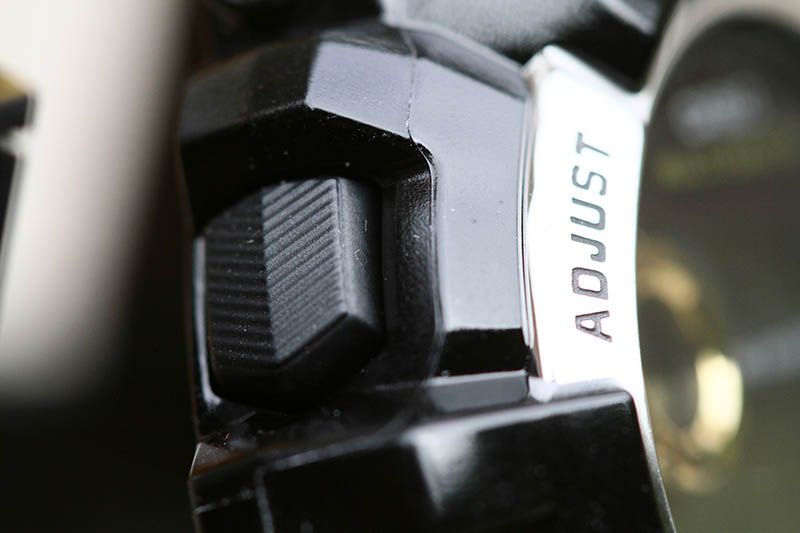
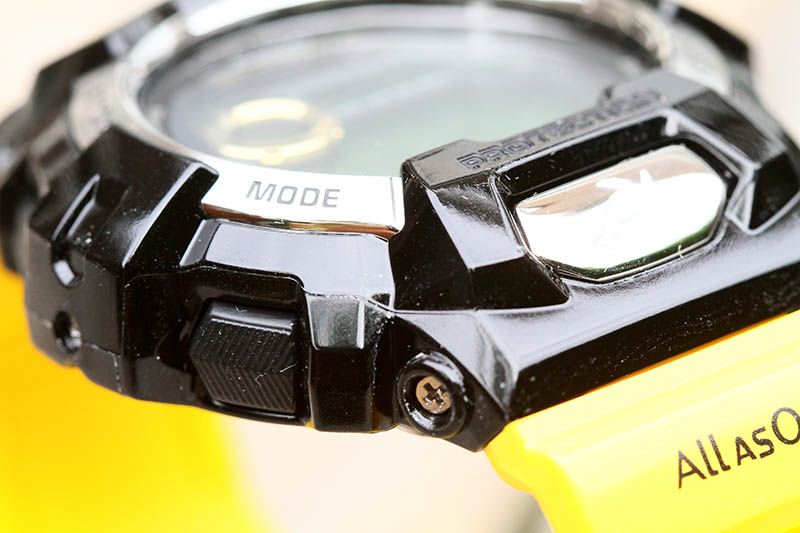
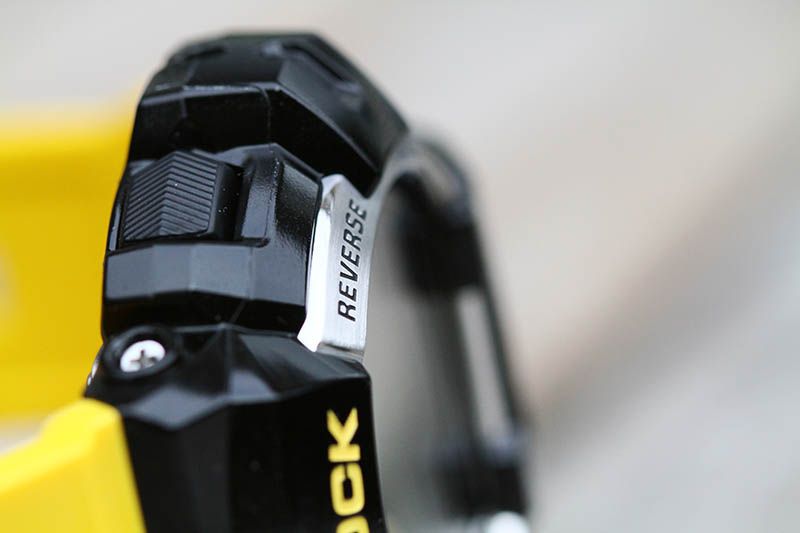
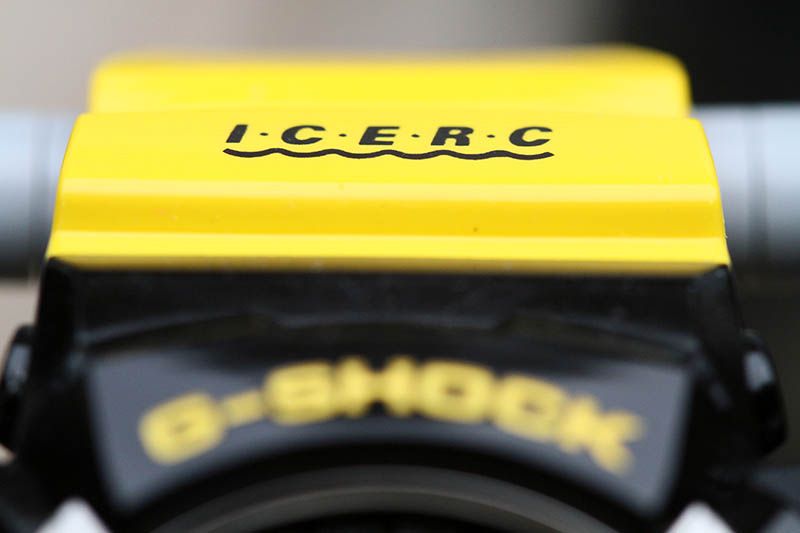


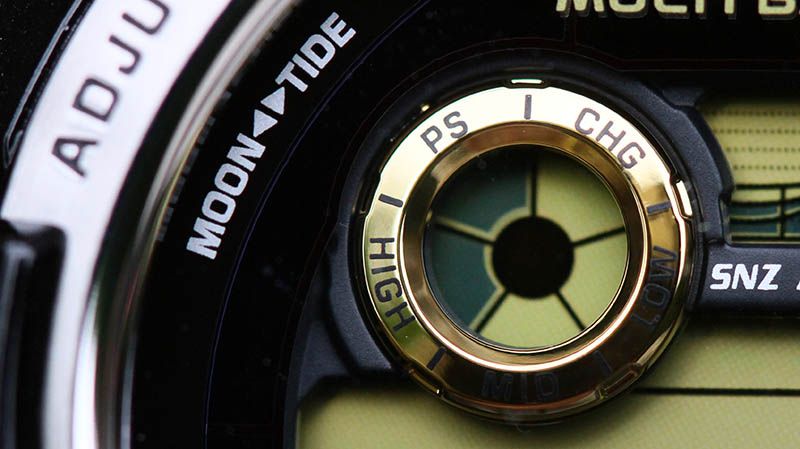




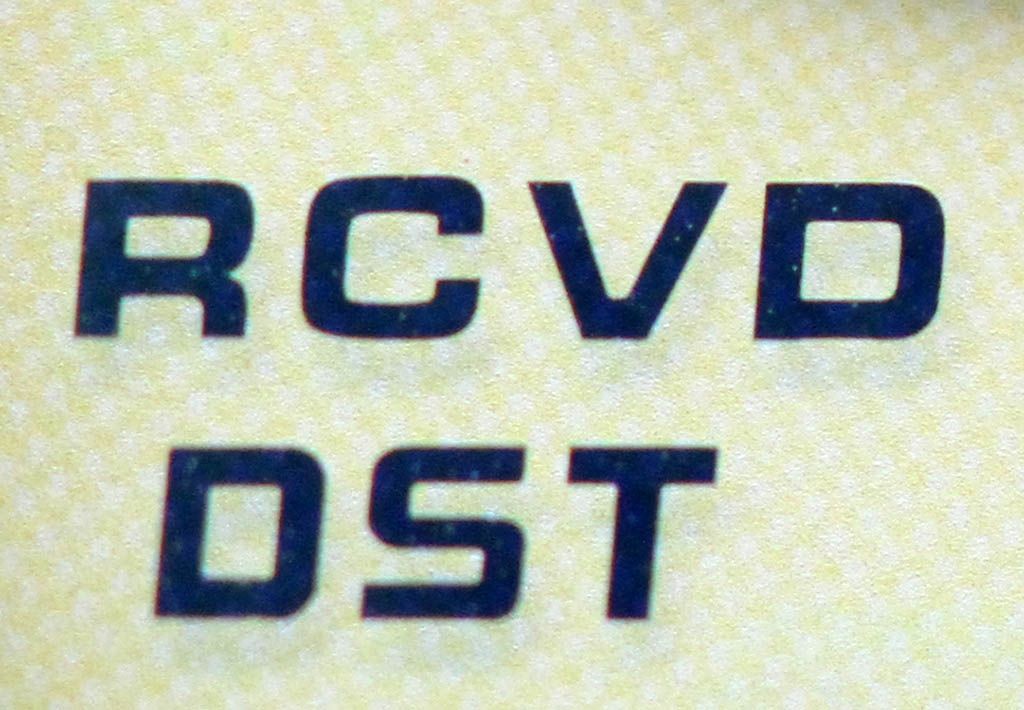
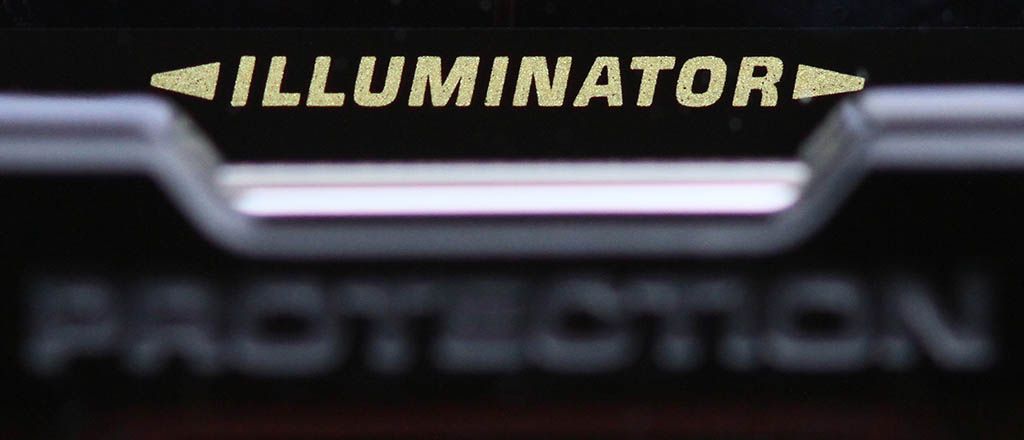
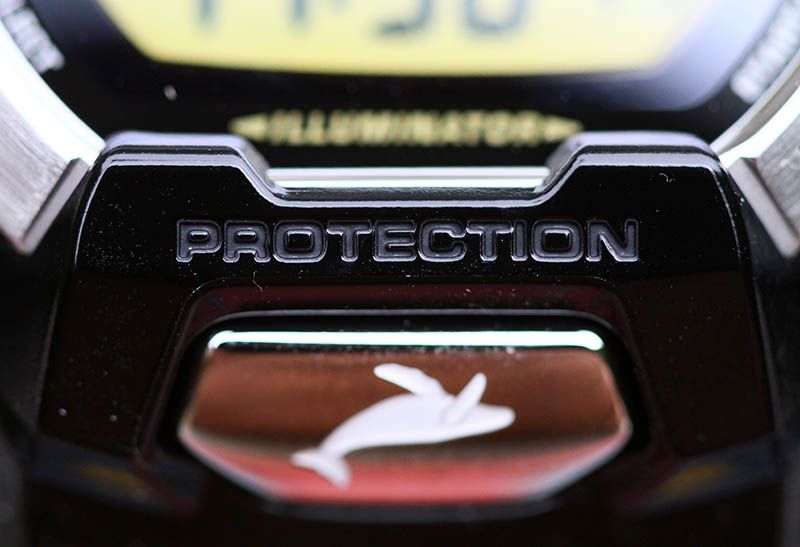
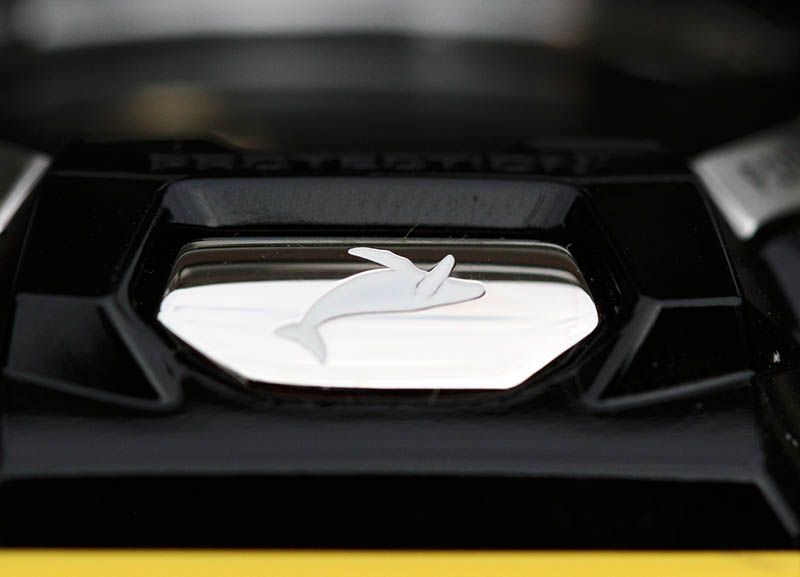
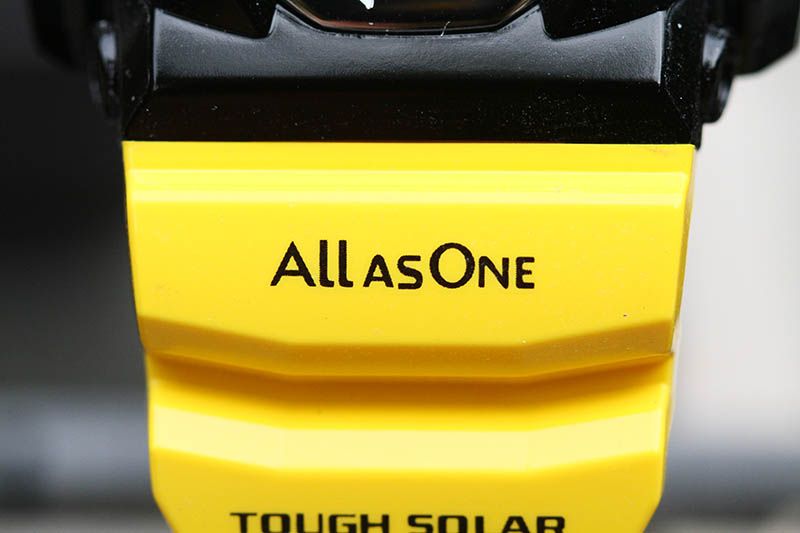
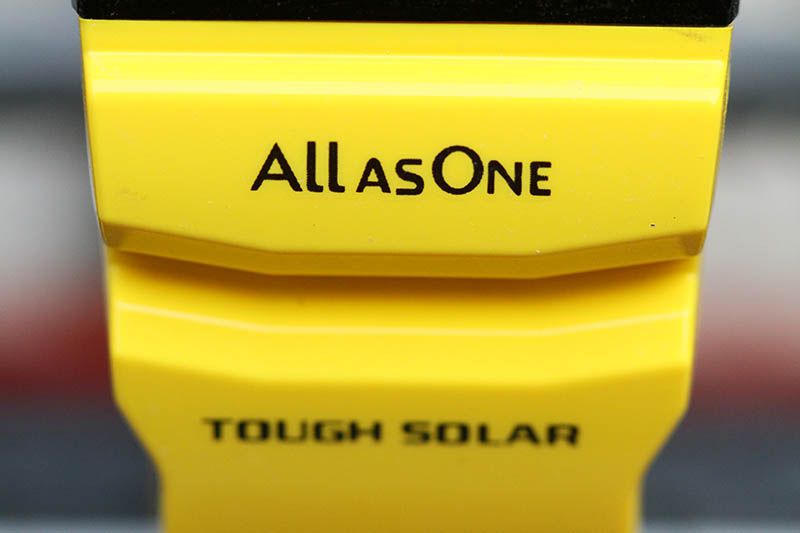
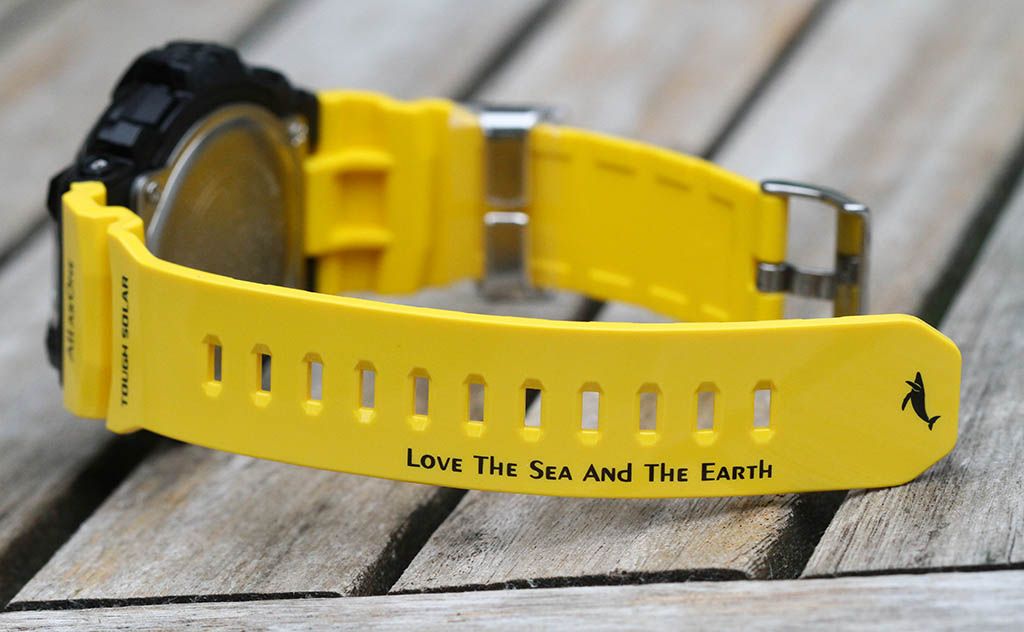

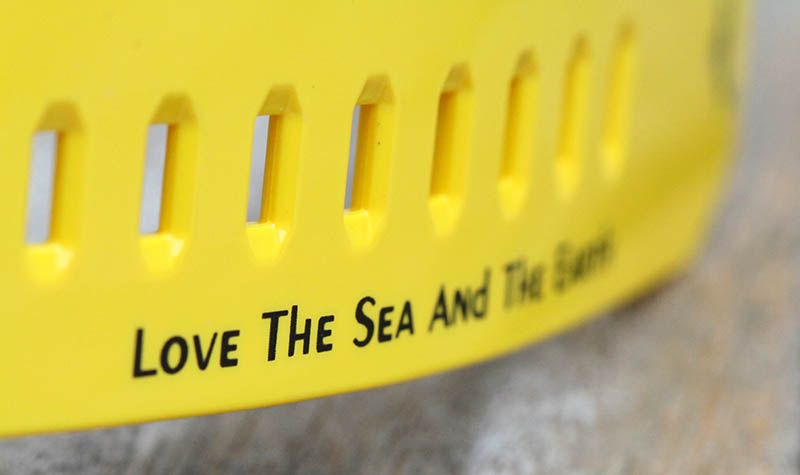

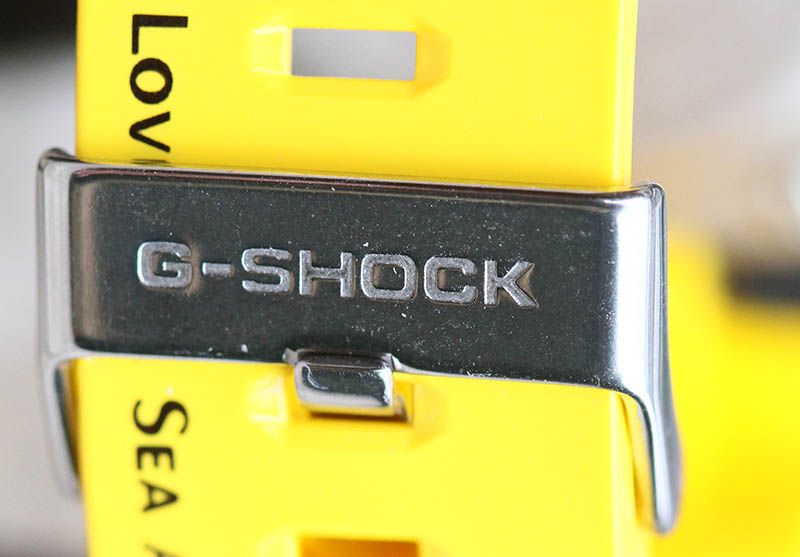
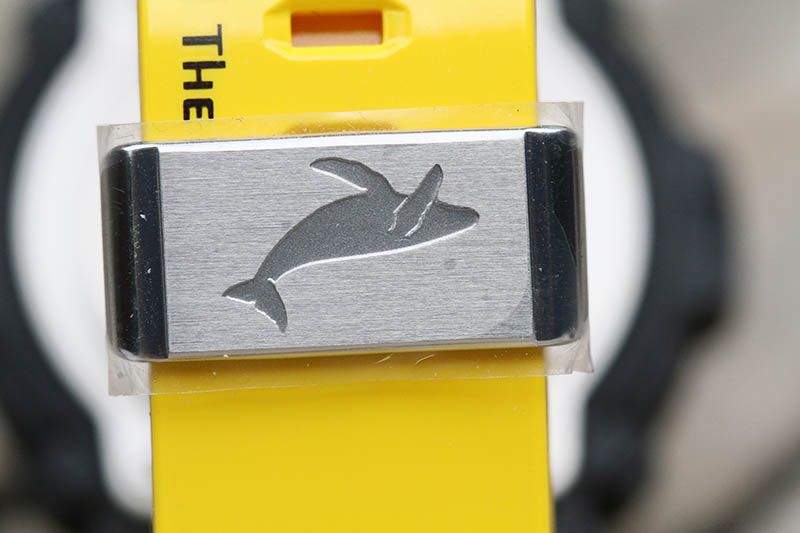
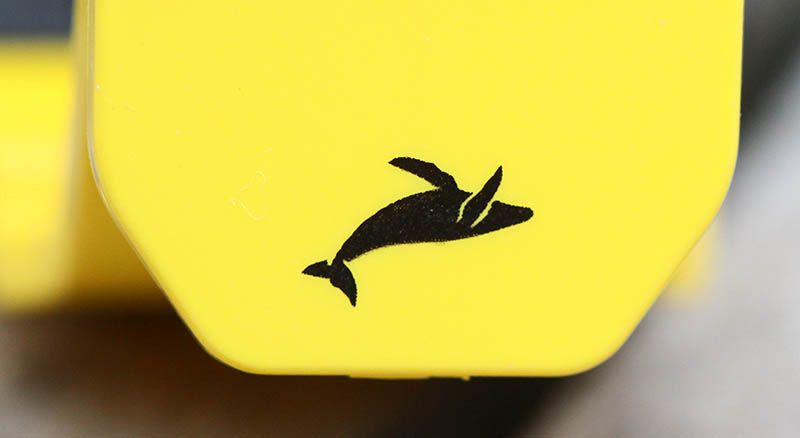

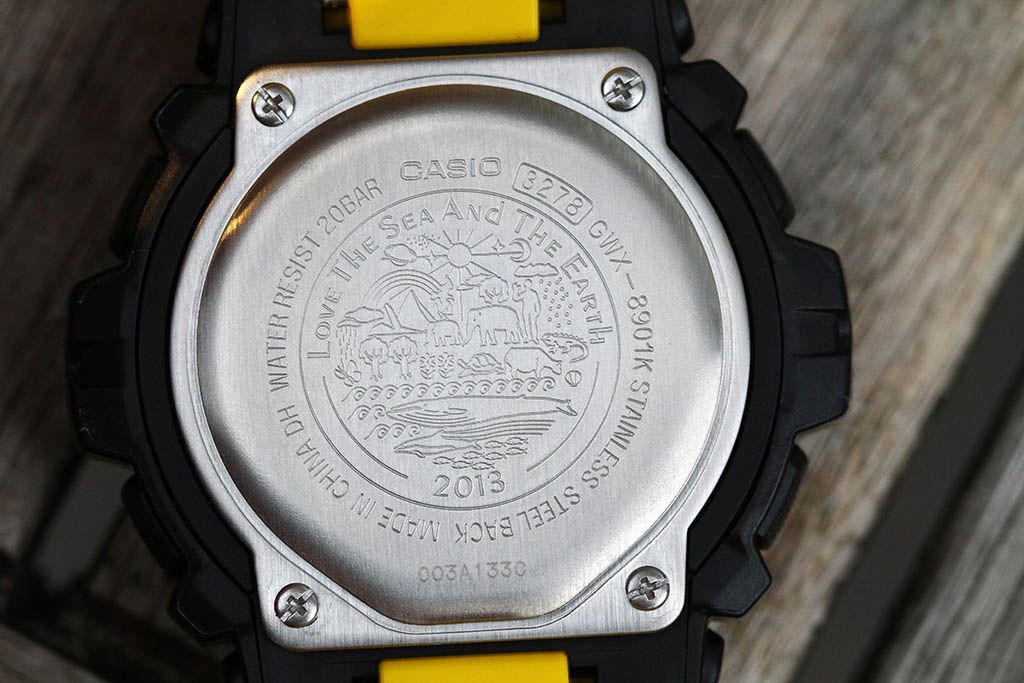

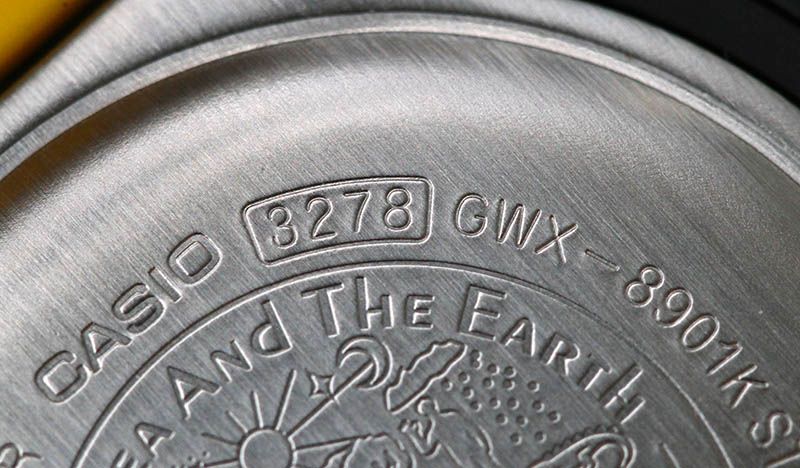
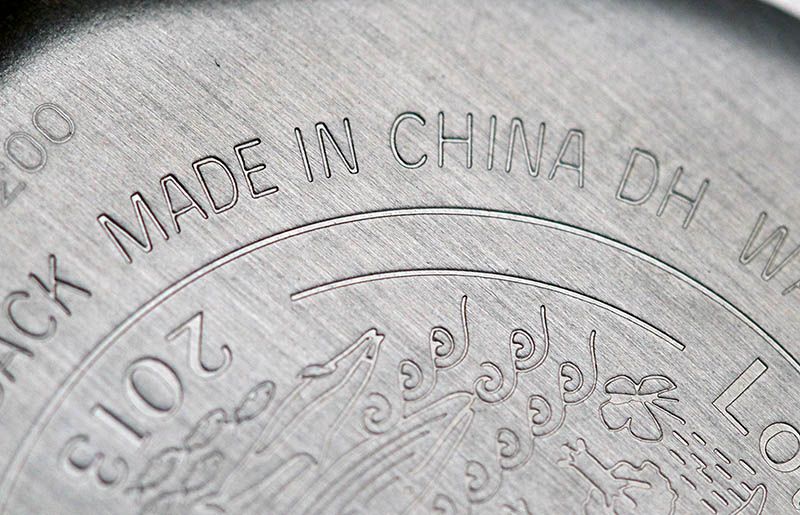
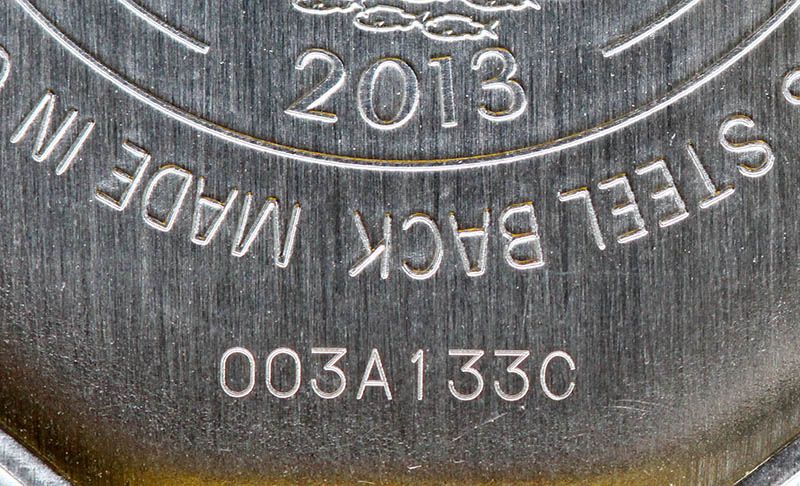
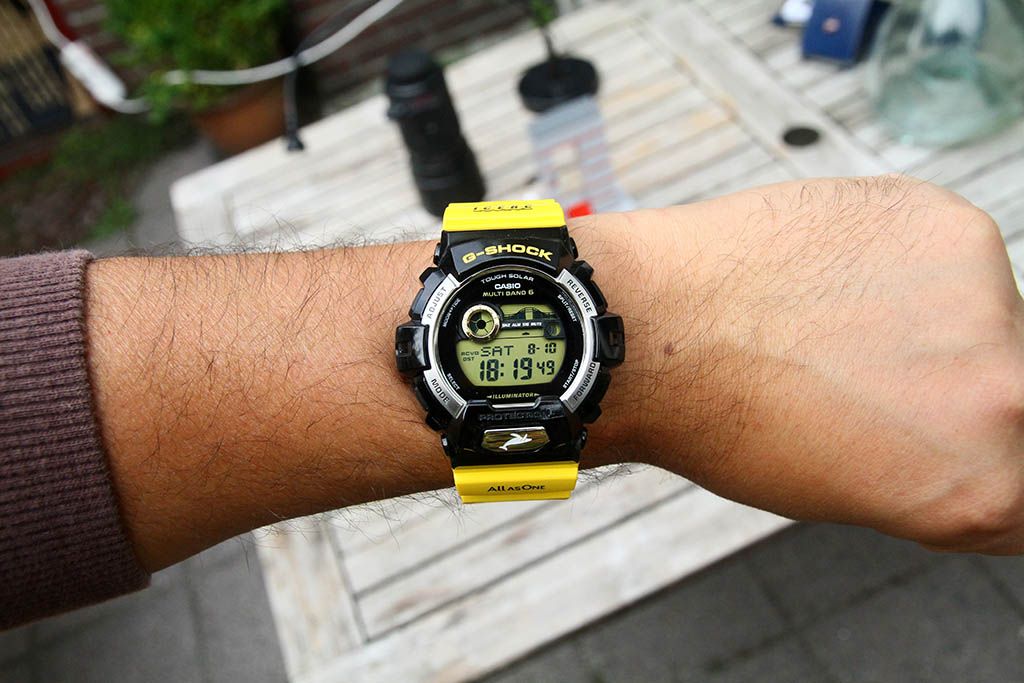
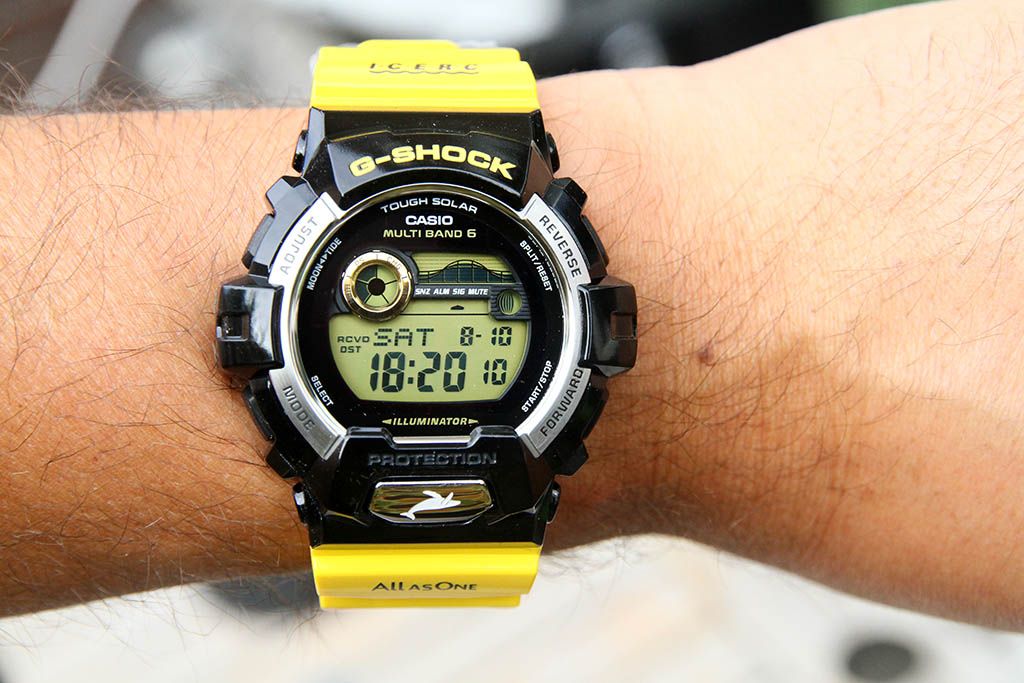
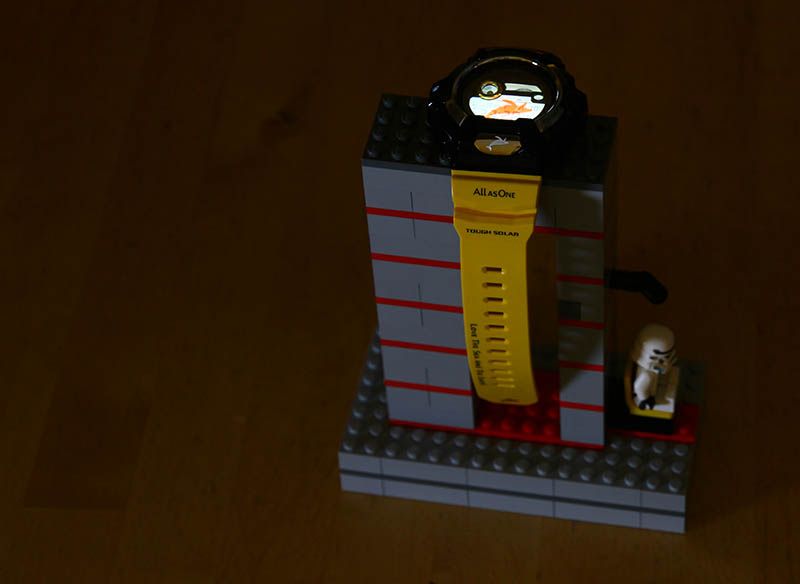
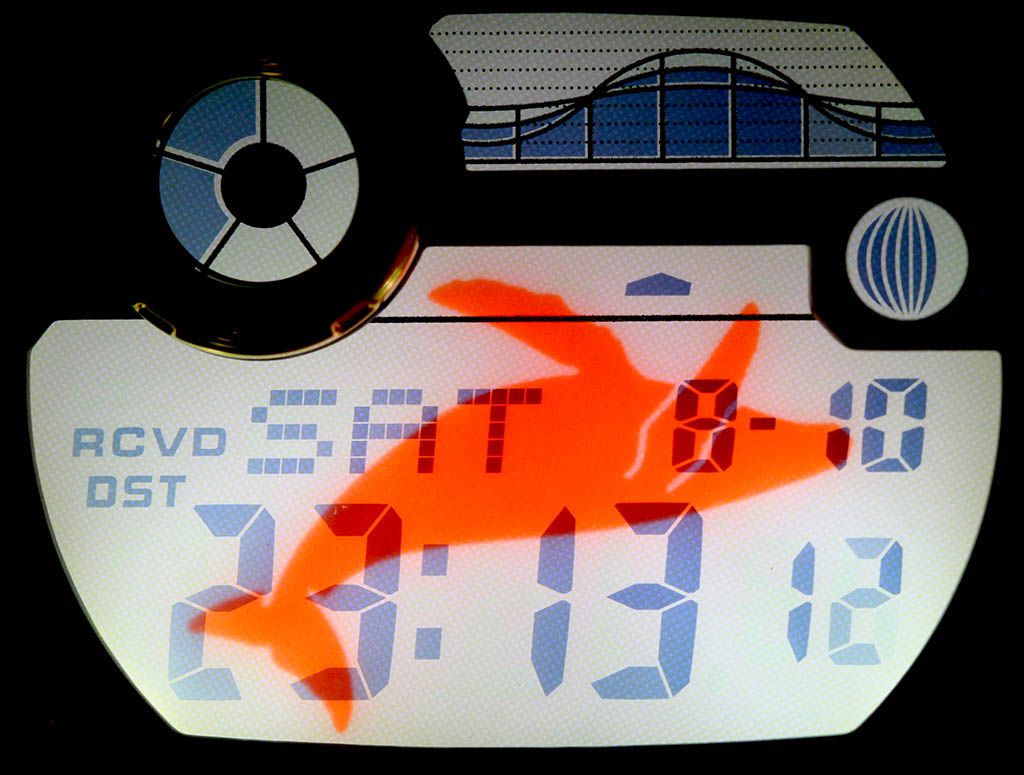
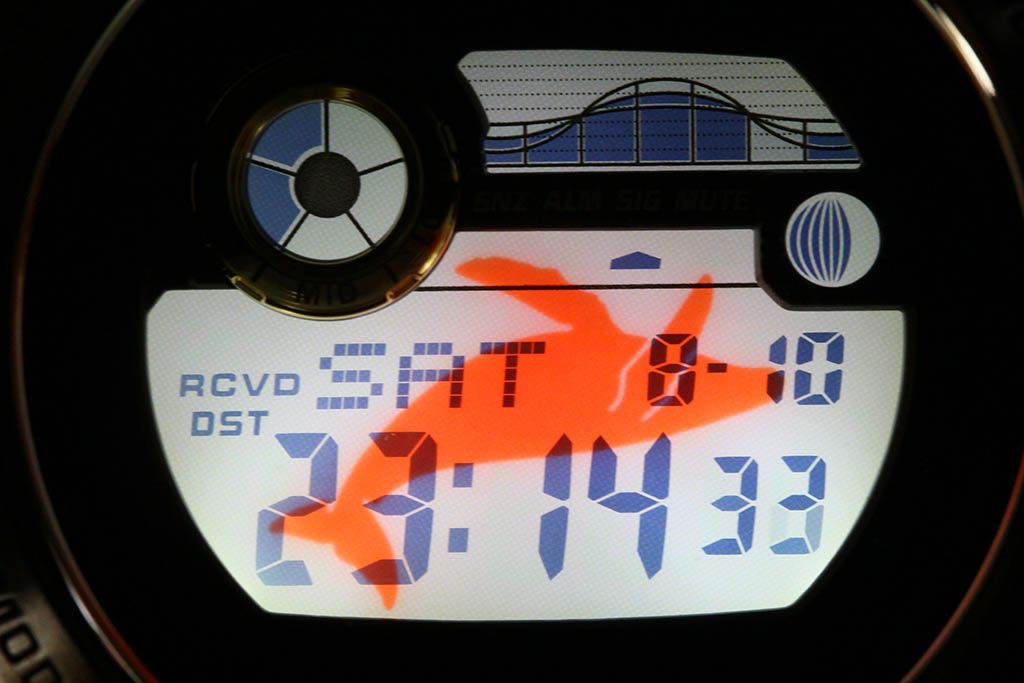
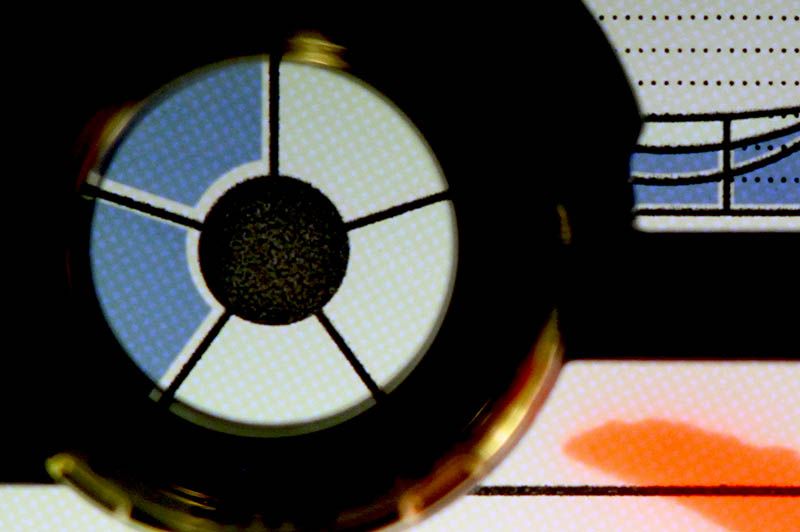


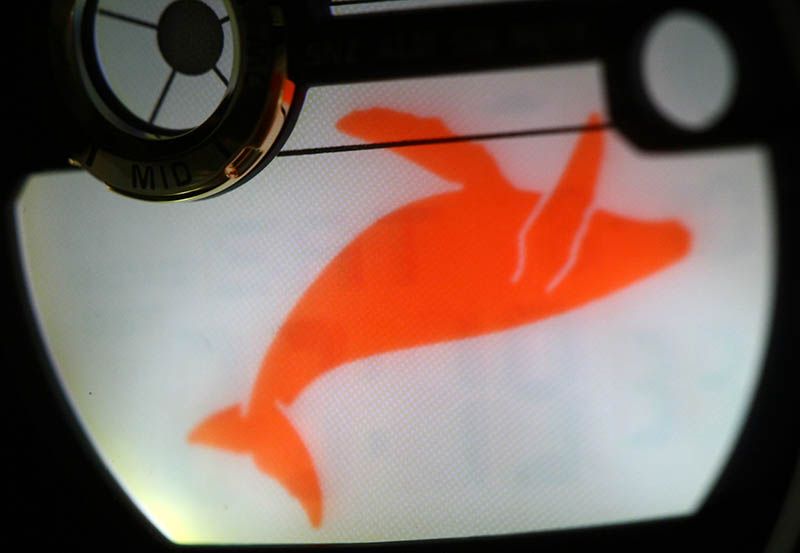
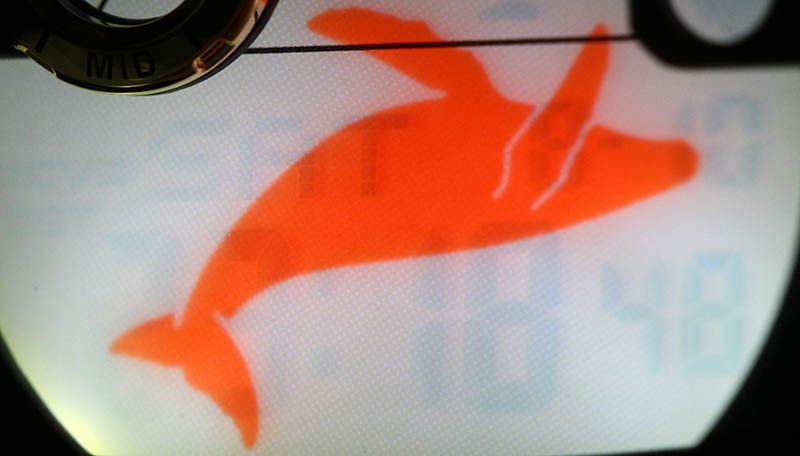
1 comment:
I like my GWX-8900 a lot, but this one is certainly extra special nice. Enjoyed the review!
Post a Comment